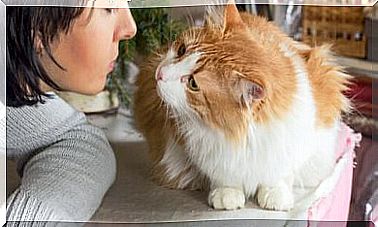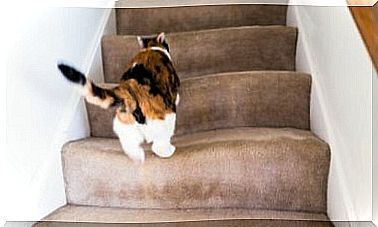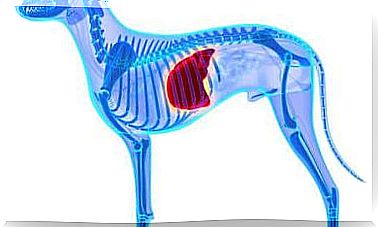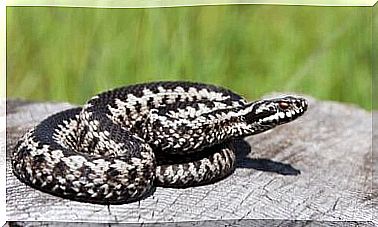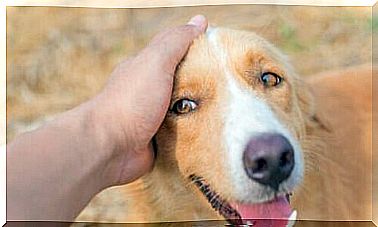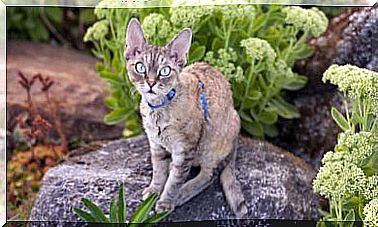7 Animals That Live In Burrows
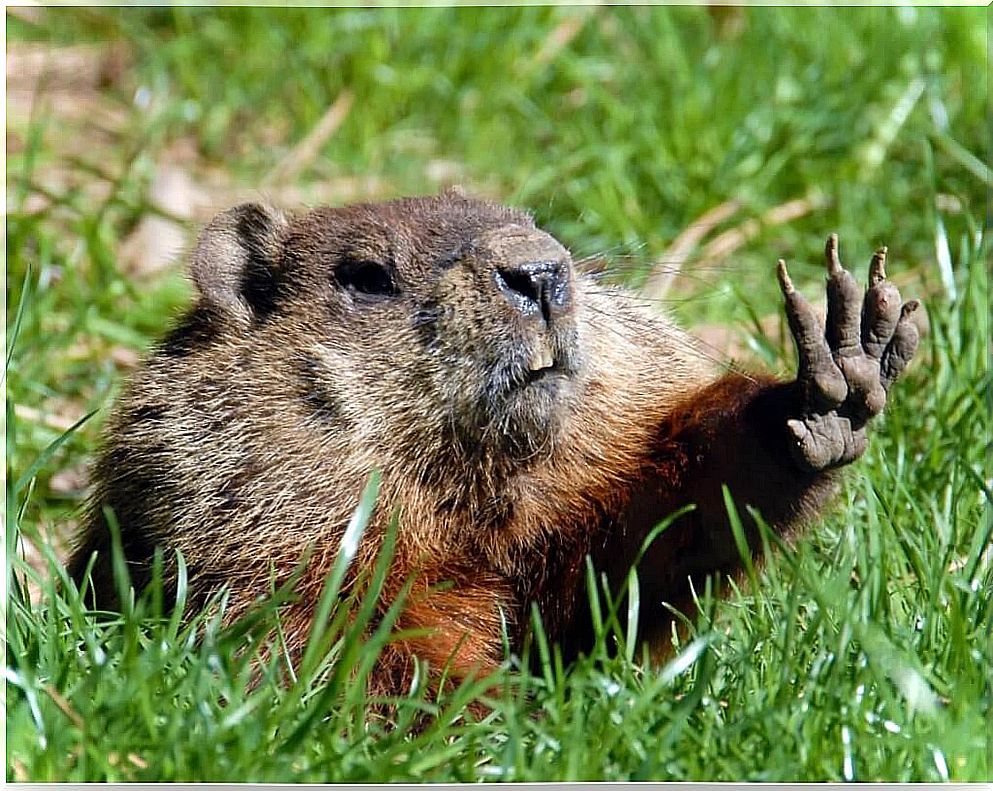
Burrows are places of permanent or transitory refuge that serve as a refuge for certain species. There are simple, complex constructions, others that look like tunnels and some with multiple levels. This all depends on the environmental conditions, the type of soil and the digging capacity of the animals that live in burrows.
Burrows are tunnels or holes that some animals dig to live inside them or to take refuge for a while. They can start in one place and end in another, and some function as a pantry for storing food. Anyway, all are amazing and elaborate, made to fulfill a function. Discover 7 animals that live in burrows and their way of life here.
The importance of burrows
Burrows are essential for many animals, providing protection from predators and extreme temperatures. For all that, the animals that dig have been around for many years.
Recently, according to National Geographic , a 110-million-year-old dinosaur burrow was discovered in Australia. Therefore, it is believed that, for a long time, the ancestors of today’s species dug burrows at opposite ends of the world.
These constructions are very important, as they modify the land’s relief, aerate the soil, incorporate organic matter into the subsoil and allow the filtration of water. In addition, burrowing animals also provide shelter for other species that do not dig on their own.
All of these environmental components are valuable for the conservation of soils and ecosystems. However, at the same time, burrows can pose a threat to the environment and agricultural development, according to Inecol . If a burrowing species grows out of control, too much hiding can become a problem.
A community of ground squirrels, for example, can have a large population and take over vast areas of land. If that happens, plant life can be indirectly threatened and large tracts of land can be left uncovered, vulnerable to erosion and flooding.
Types of animals that live in burrows
Digging is a skill present in many animals. Some invertebrates, such as clams, crustaceans, sea urchins, spiders and worms, are able to dig. Several amphibians, including frog species, are also excavators, as are some reptiles, as there are several snakes that fall into the group of burrow-dwelling animals.
There are also burrowing birds, such as the kingfisher, the magellanic penguin and the puffin, which build burrows instead of nests.
Mammals are probably the best known diggers. Here enter the mole, the ground squirrel and the rabbit. Bears are the biggest diggers, they use caves as shelter, but they also take refuge in burrows made in the ground or snow.
7 animals that live in burrows
The types of existing burrows are unimaginable: there are species that dig in the skin of animals and humans, others in wood, sand and even rocks. All this diversity is due to the infinite existing surfaces and the many animals with digging ability. Within this large repertoire, next you will meet 7 animals that live in burrows.
1. The social marmots ( Marmota marmota )
Marmots are exceptional diggers and their burrows are quite large. It is estimated that a marmot moves, on average, 1 cubic meter of soil when digging a burrow, which in turn can have up to 14 meters of underground tunnels.
In addition, the specimens are easily related to other marmots – whether they are related or not –, forming colonies that have burrows in the same area. These buildings help keep these animals protected from the winter cold.
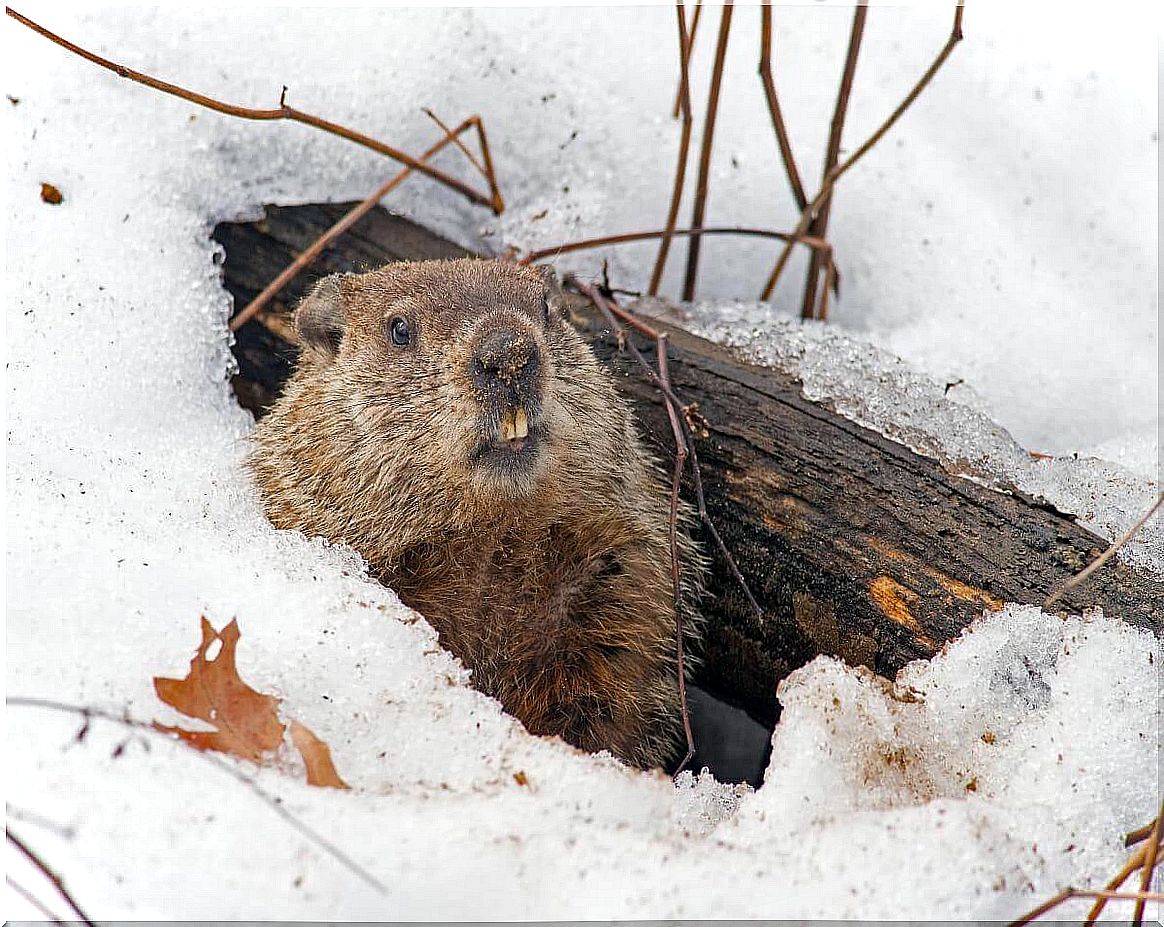
2. Termites and their colonies
Termites were the first animals on Earth to form colonies organized into castes – queen, king, soldiers and workers. In addition, its underground lairs can have up to more than 100 meters in diameter, according to the physician in Ecology and Evolutionary Biology, Daniel Aguilera Olivares.
Termites are xylophagous invertebrates , meaning they feed mainly on wood, including fallen trees or even live specimens. Termites can be a nuisance in homes when they are installed on furniture. However, they help recycle nutrients by breaking down organic matter in the soil.
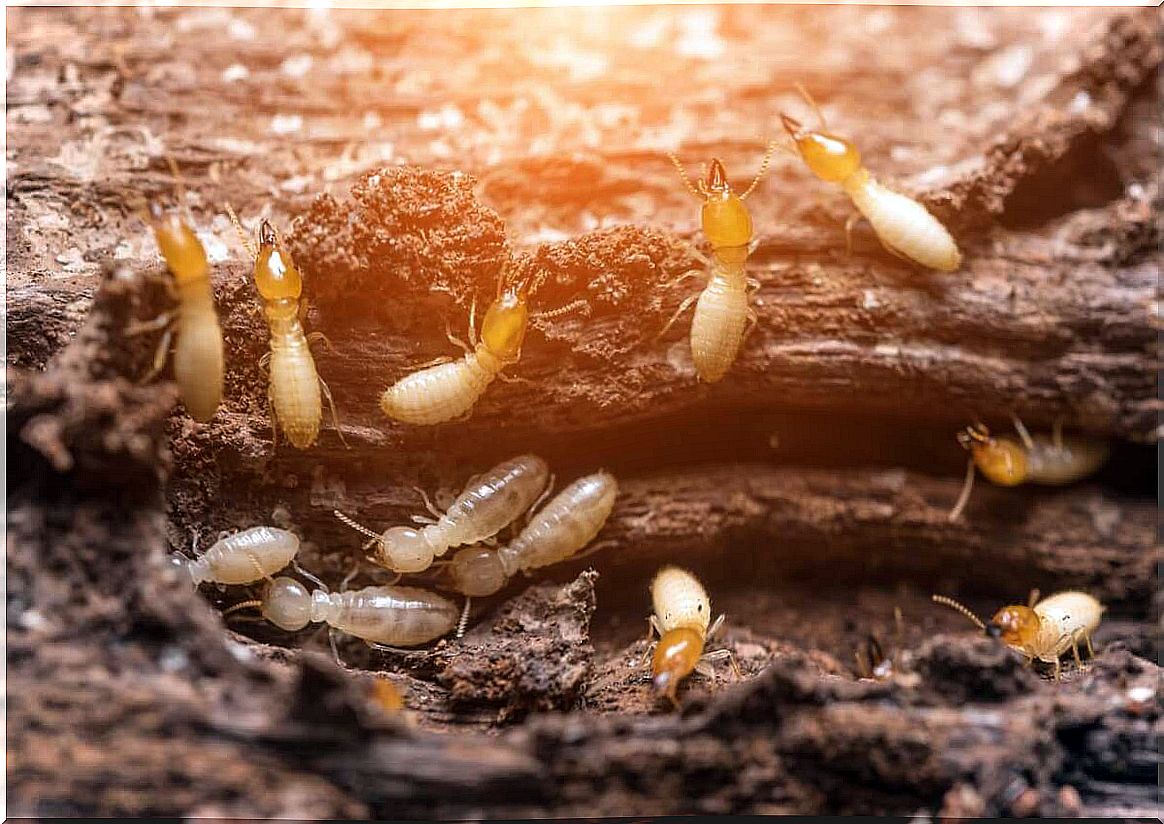
3. Beavers and their elaborate burrows ( C astor canadensis )
These animals create unusual burrows, building huts out of tree branches and mud on the banks of streams or ponds. After fabricating the surface part, they start building underground lairs.
All buildings have underwater entrances, and when winter comes, the mud on top of the barracks freezes, getting almost hard enough to keep predators at bay. Most beaver huts have two bedrooms. The first is used to dry off and the second – warm and dry – is where the family lives.
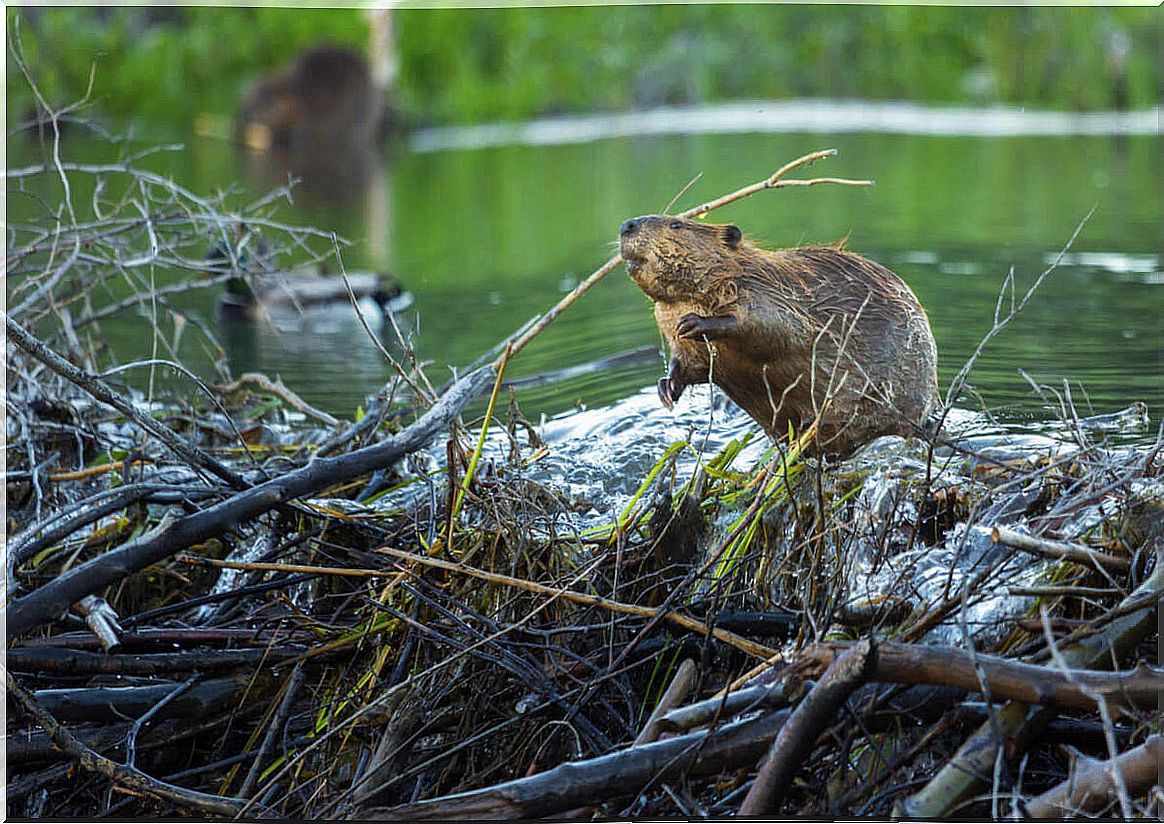
4. The Kingfisher ( Alcedo atthis )
This bird is part of the group that, instead of occupying nests, live in burrows. Its blue and orange colors make it a very striking bird. Experts say this winged animal occurs in Europe, North Africa and many places in Asia.
The Kingfisher lives on the banks of rivers in a horizontal burrow that can be up to 1 meter long. This space also has a large room at the bottom, where the female lays her eggs.
The burrow is built close to where the bird finds its food: in rivers. Kingfishers hunt underwater fish for food. Despite not being well equipped for the water, the bird launches itself from a branch to fish with its beak with great precision.
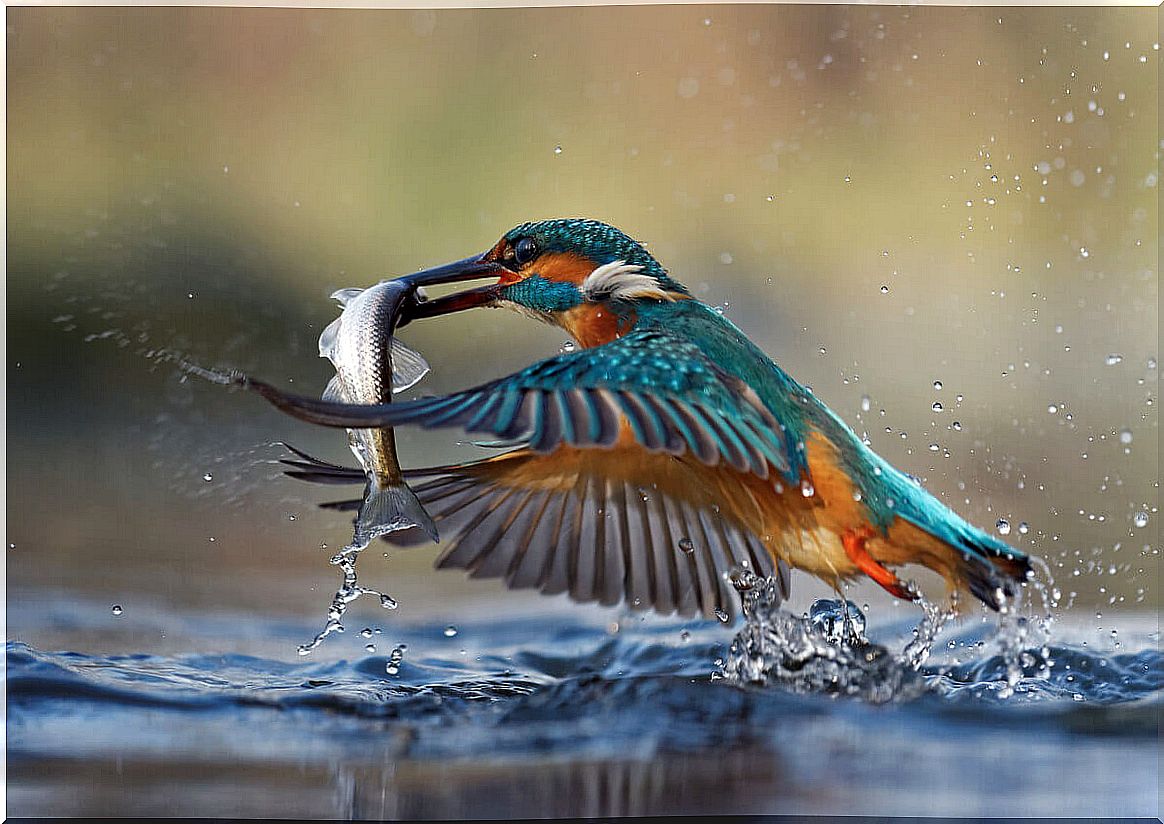
5. Meerkats and their coexistence ( Suricata suricatta )
As we mentioned earlier, some animals use burrows made by others. Meerkats are a clear example of this behavioral method of economics.
A colony of these mammals has an average of 20 to 30 members and usually uses burrows dug by squirrels or mongooses. Meerkats do not compete with these species for resources and sometimes even share space with them.
A meerkat burrow can have up to 90 entrances and 2 meters deep. During the day, these animals leave the house to look for food or play. Meanwhile, one or more adult members of the group stand guard to identify predators.
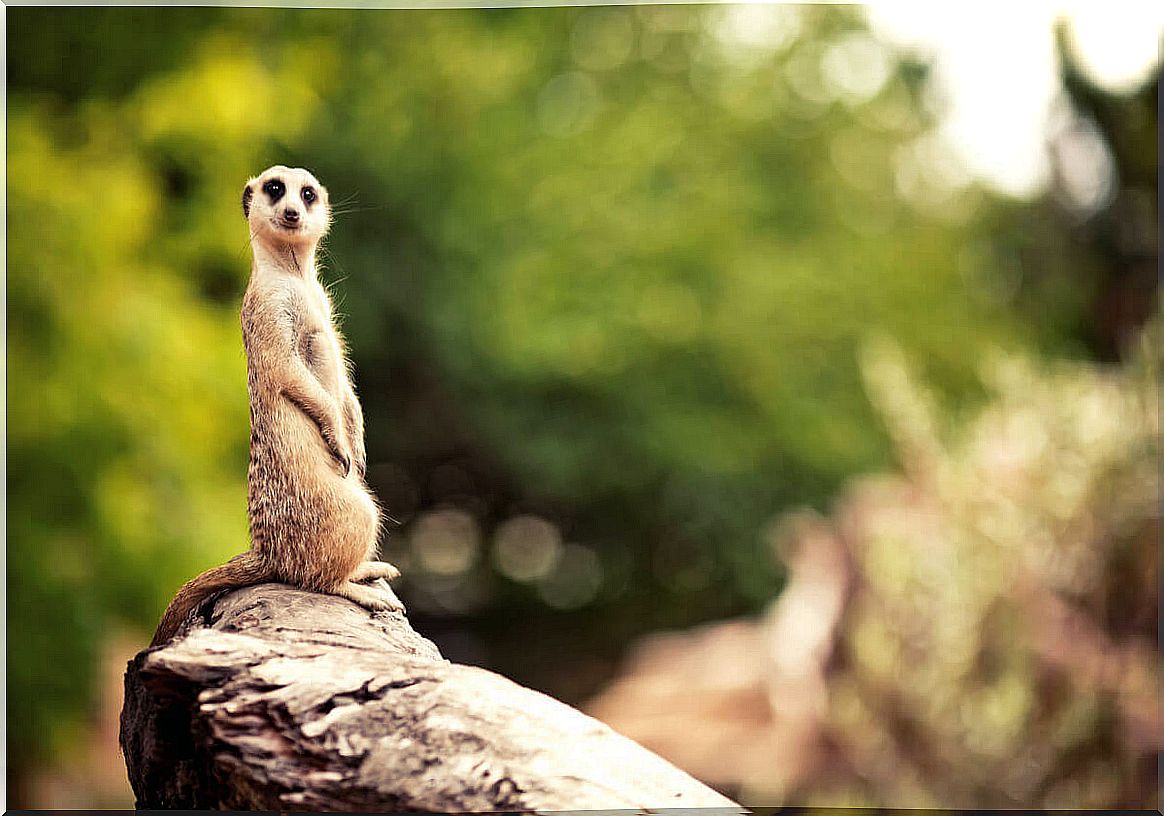
6. The ant workers
Who has never seen an ant in their life? They are everywhere and there are many species. In any case, almost all of them create colonies and dwellings, usually underground, composed of several rooms connected by tunnels.
Ants are famous for being hardworking and a proof of this is that their burrows are built by them. His colony revolves around the function of the rooms, as there are some that serve as a nursery, others are for food storage and there are even some specific for mating, according to Wildlife Burrows.
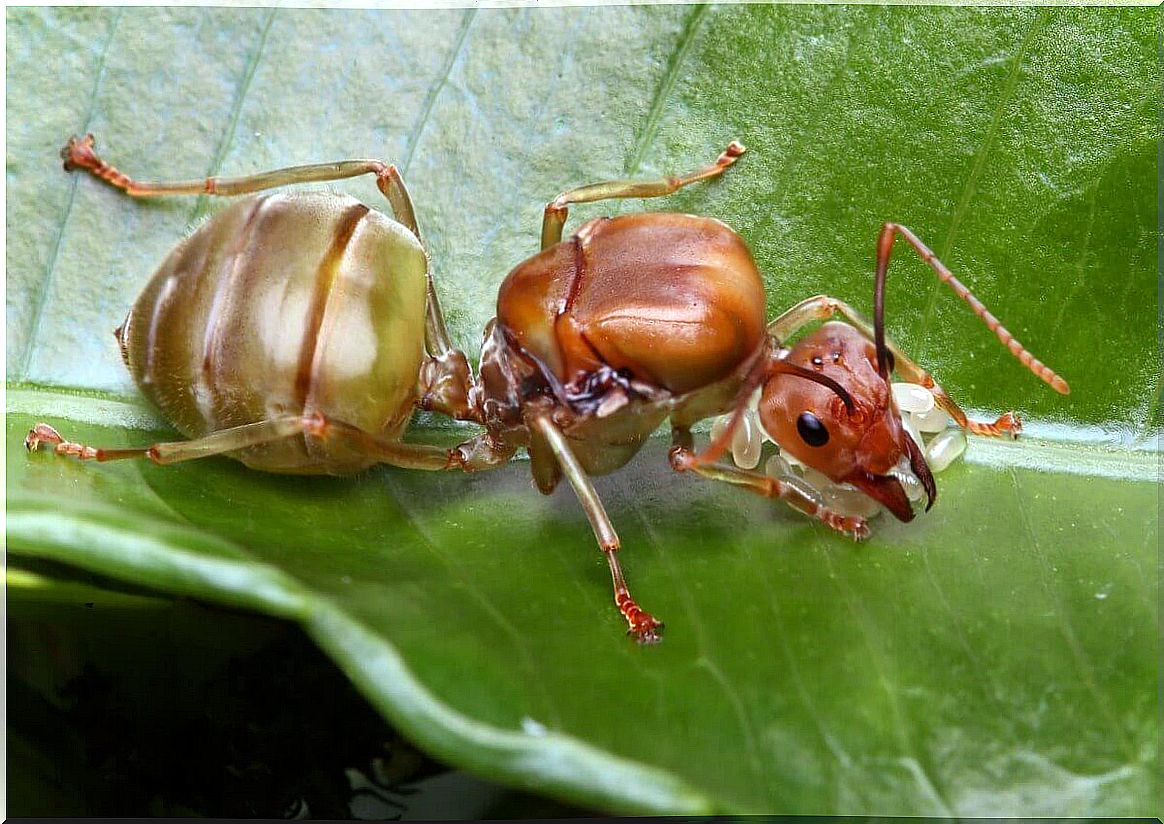
7. Prairie dogs Cynomys ludovicianus
Prairie Dogs are native to the Great Plains of North America, where they create huge networks of burrows, some of which extend over 64,000 square kilometers. Each of these formations contains around 400,000 prairie dogs.
These mammals prefer to dig their burrows in places with short grass, such as where cattle live. Unfortunately, this puts cattle at risk of injury and attracts predators, which are attracted exclusively to prairie dogs but do not reject cattle.
However, the prairie dog’s diet – especially grasses – encourages the growth of plants like sunflowers and clover. The abundance of grasses attracts animals such as bison, which provide more nutrient-dense forage for livestock.
In the 20th century, farmers used poisons and hunting techniques to eradicate prairie dogs. Since then, it was possible to see that the few communities that exist today are mainly located in conservation areas and national parks.
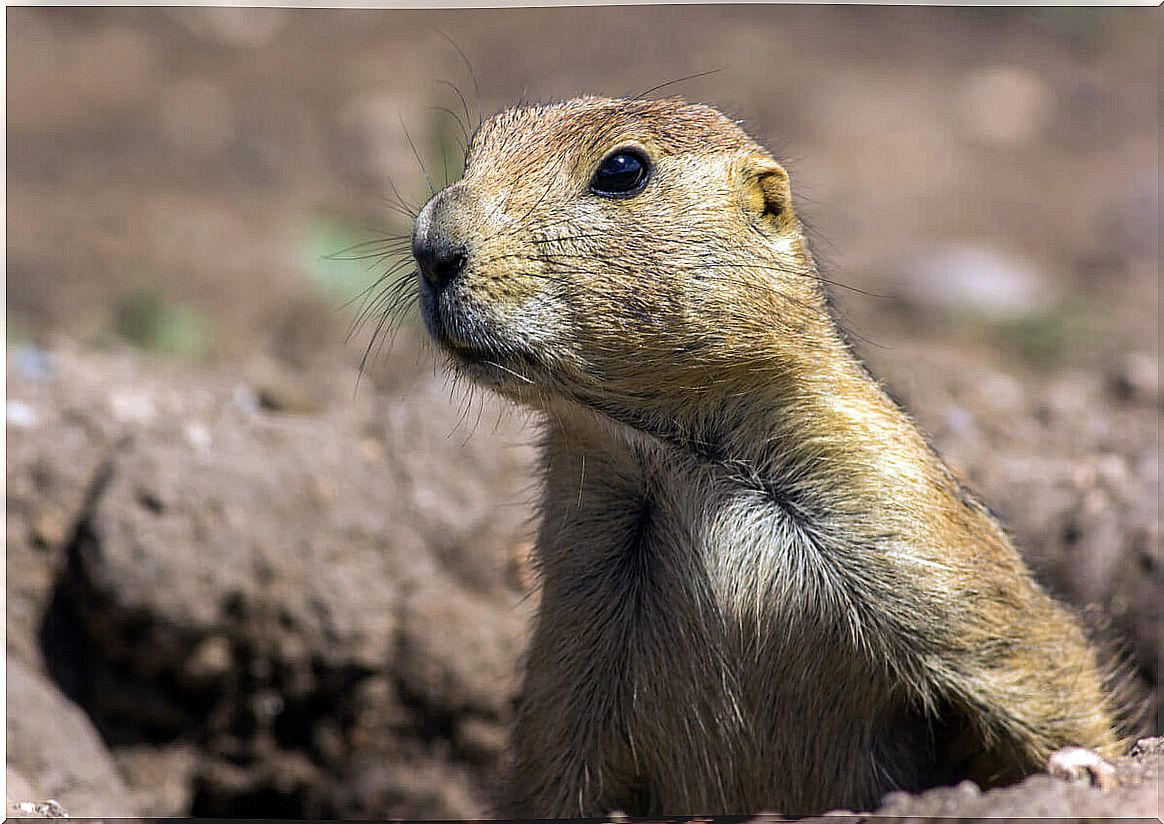
In addition to these 7 burrow-dwelling animals we present in this article, there are many others. All of these are representatives of very different species, which use burrows for different functions, not just for living.
